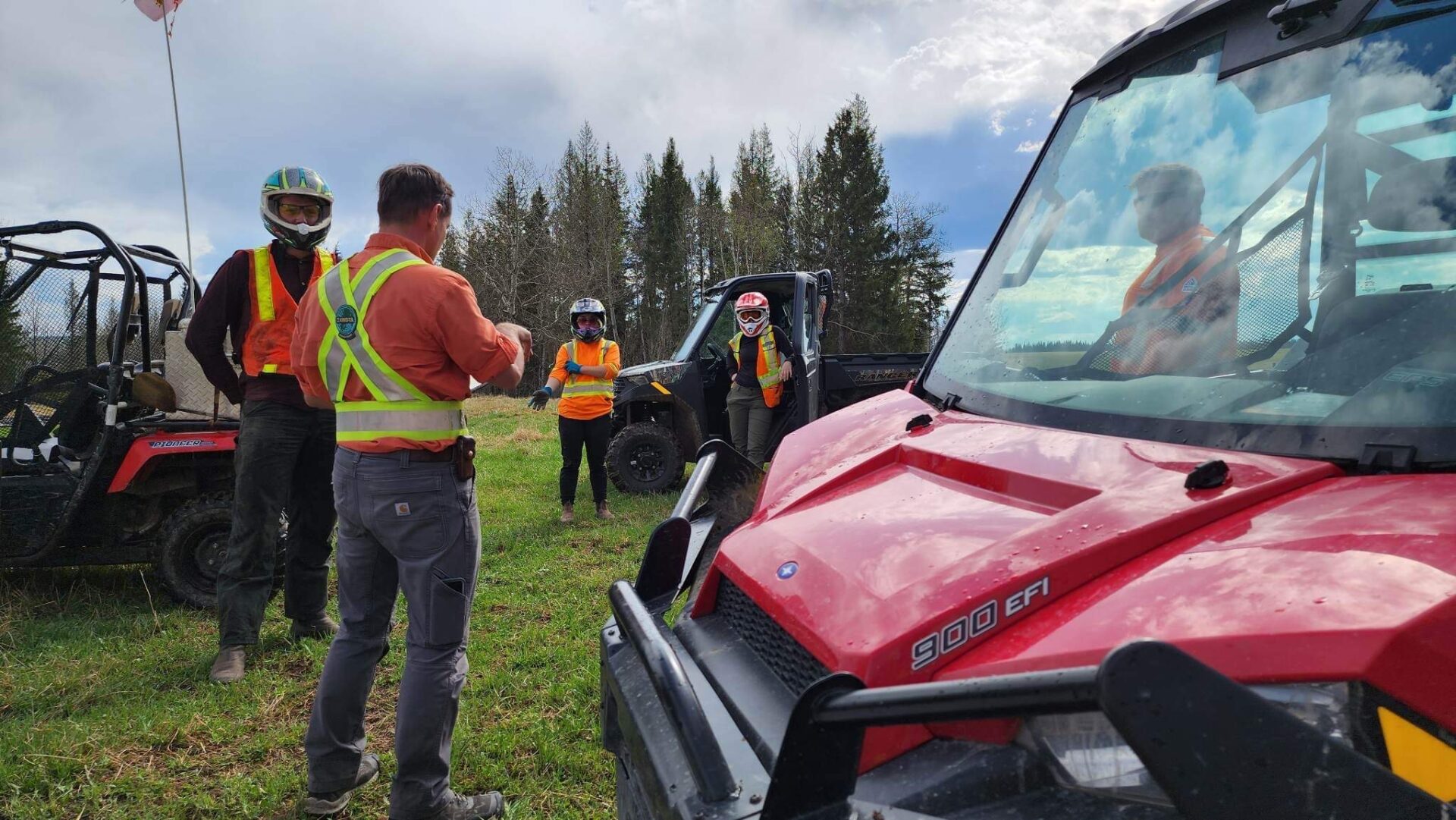ATV/UTV Operator Safety Training

The Benefits of ATV/UTV Operator Safety Training: Ensuring a Safer Ride
Introduction
All-Terrain Vehicles (ATVs) and Utility Terrain Vehicles (UTVs) have become increasingly popular for various recreational and work-related purposes. However, with the thrill of riding these vehicles comes inherent risks. To ensure safety for riders and bystanders, it is crucial to provide ATV/UTV operator safety training. In this article, we will explore the numerous benefits of ATV/UTV operator safety training and how it contributes to a safer riding experience.
- Risk Reduction
ATV and UTV operator safety training plays a pivotal role in reducing the risk of accidents and injuries. Without proper training, riders may not be aware of the specific risks associated with these vehicles. Training programs educate riders on the potential hazards, safe riding practices, and risk mitigation strategies. This knowledge significantly lowers the likelihood of accidents, rollovers, and collisions.
- Compliance with Regulations
Many regions and states have implemented regulations that require ATV and UTV operators to complete safety training before riding. Compliance with these regulations is essential not only to avoid legal penalties but also to ensure that riders are aware of safety standards and best practices. Comprehensive training programs are designed to meet these regulatory requirements, ensuring that riders remain compliant with the law.
- Enhanced Riding Competence
ATV/UTV safety training programs provide riders with the essential knowledge and skills needed to operate these vehicles safely and effectively. Riders learn about vehicle controls, proper turning and maneuvering techniques, and emergency response procedures. This increased competence contributes to safer riding practices and better overall control of the vehicle.
- Improved Safety Awareness
Safety awareness is a fundamental aspect of ATV/UTV operator safety training. Riders are educated on the importance of assessing and recognizing potential hazards, as well as adopting a proactive approach to safety. This heightened safety awareness extends beyond ATV/UTV operation; riders become more vigilant in identifying and addressing dangers in their riding environment.
- Customized Training
ATV/UTV safety training can be customized to address specific riding conditions and challenges. Riders who engage in work-related activities, such as farming or land management, may face unique challenges that require tailored training. Customized programs ensure that riders are well-prepared for the specific conditions they may encounter, reducing the likelihood of accidents.
- Enhanced Riding Efficiency
Properly trained ATV/UTV operators are more efficient in their riding tasks. They understand how to use the vehicle effectively and can complete their tasks more quickly and accurately. This increased efficiency not only boosts productivity but also reduces the time riders spend exposed to potential safety hazards.
- Emergency Response Preparedness
ATV/UTV operator safety training includes instruction on emergency response procedures. Riders learn how to respond effectively in critical situations, such as accidents, vehicle malfunctions, or medical emergencies involving themselves or fellow riders. Being prepared for emergencies minimizes their impact and ensures a timely and effective response, which can be crucial in mitigating potential accidents and injuries.
- Reduced Insurance Costs
Organizations and individuals who invest in ATV/UTV safety training may experience reduced insurance costs. Insurance providers often offer lower premiums to policyholders who demonstrate a commitment to safety through comprehensive training programs. Over time, these cost savings can offset the initial investment in training, providing financial incentives to prioritize safety.
- Boosted Rider Confidence
ATV/UTV training instills confidence in riders, helping them feel more secure and capable while operating the vehicle. Confident riders are less likely to make mistakes or take unnecessary risks. This confidence not only contributes to overall safety but also enhances the riding experience, as riders can fully enjoy their activities without undue anxiety.
- Cultivation of a Safety Culture
Implementing ATV/UTV operator safety training fosters a culture of safety within organizations and communities. When riders observe that safety is prioritized through education and training, they are more likely to adopt safe practices and encourage others to do the same. This long-term commitment to safety helps create a safer riding environment, where safety is not just a requirement but a shared value.
Conclusion
ATV and UTV operator safety training is a fundamental component of a safer riding experience. By reducing the risk of accidents and injuries, ensuring compliance with regulations, enhancing riding competence, and promoting safety awareness, it significantly contributes to creating a safer and more enjoyable riding environment. Moreover, it prepares riders to respond effectively to emergencies, reduces insurance costs, and cultivates a robust safety culture within organizations and communities.
Investing in ATV/UTV operator safety training is not merely a legal requirement; it is a crucial step in safeguarding the well-being of riders and ensuring the overall success of any riding activity, whether it be for work or recreation. It is an investment in both safety and enjoyment, ultimately benefiting riders, their organizations, and their communities as a whole. Riders who prioritize safety through proper training not only protect themselves but also set a positive example for others, creating a safer riding culture for everyone to enjoy.
Click here for an online ATV/UTV Operator Safety Training course.
Click here for Government of Canada information.
